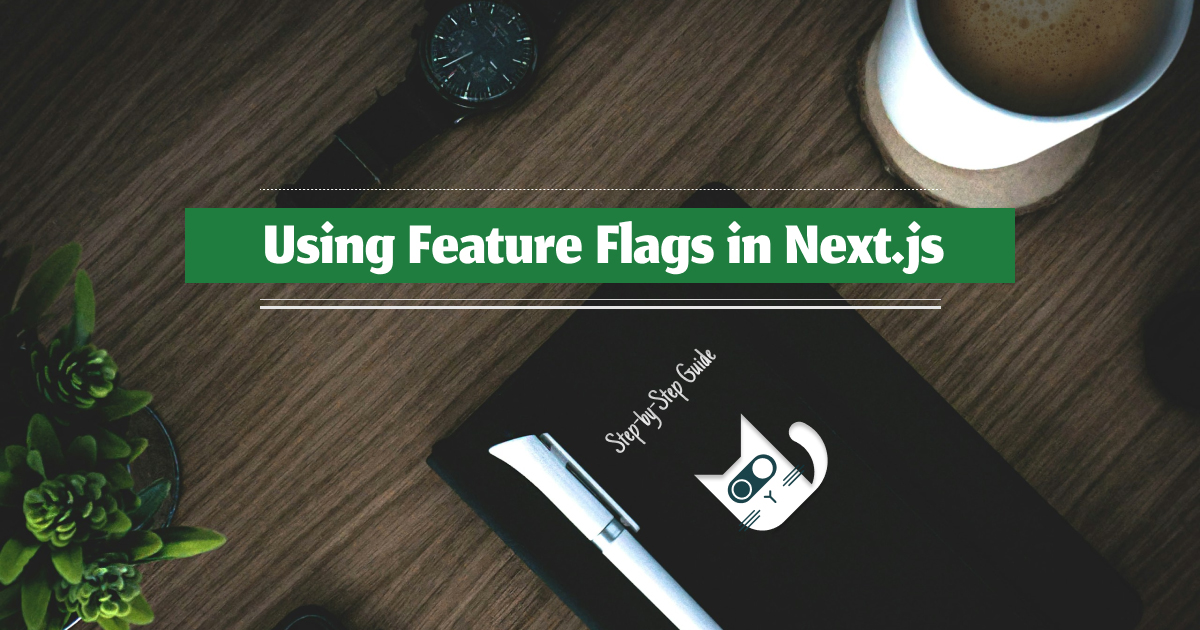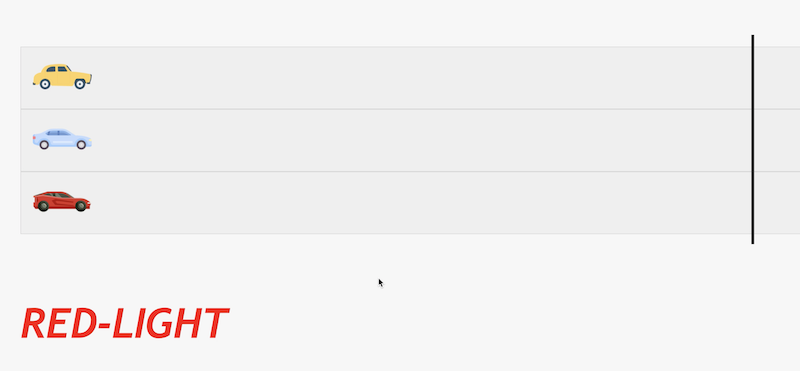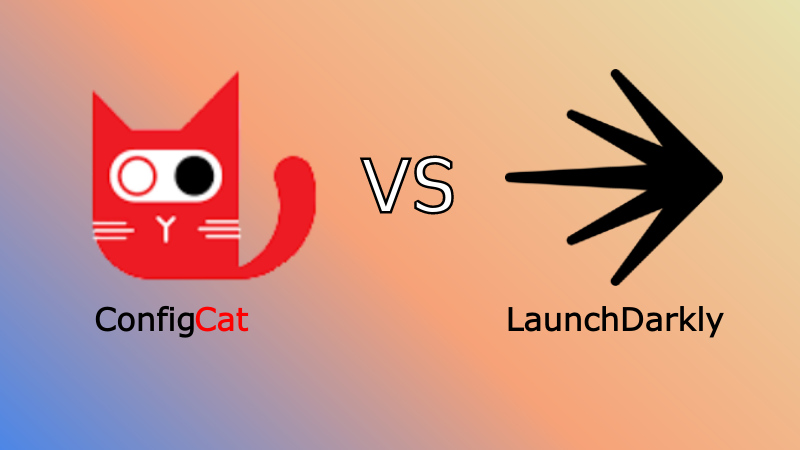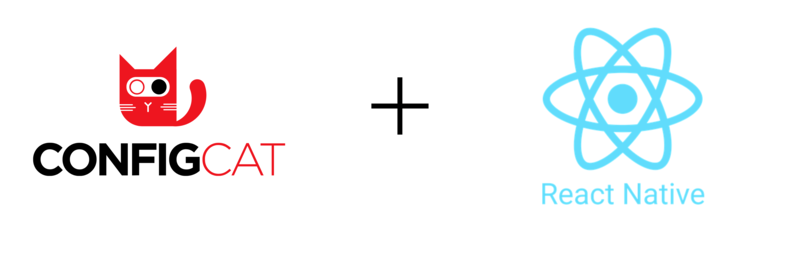Sending your code out into the world can be a nerve-wracking experience. Regardless of how much testing you do beforehand, you’re never quite sure if everything will work according to plan. Even if it’s the case, during an applications life-time, you’ll need to redeploy your code many times. Code redeployment means time, money and a lot of hassle.
Fortunately, feature flags are useful tools that can help reduce the need for code redeployment as well as enable you to test your changes in production without affecting the end-user.
In this article, I’ll show you how to make use of feature toggles in a React-like framework. So…











